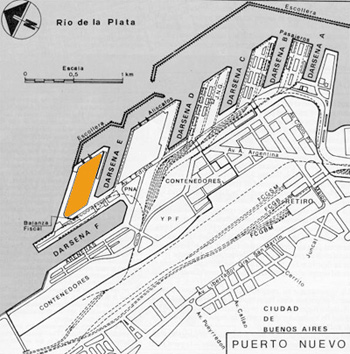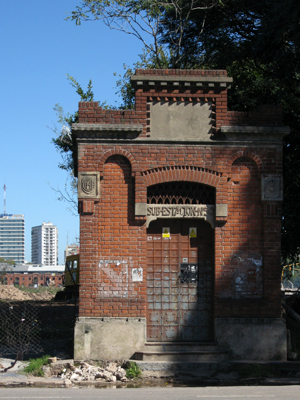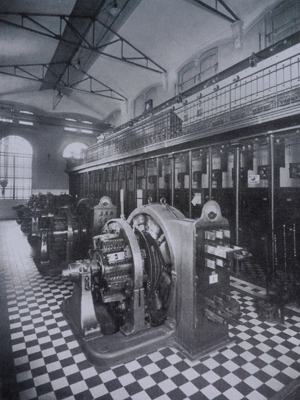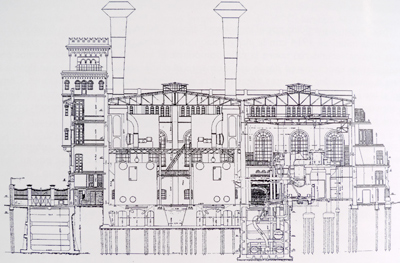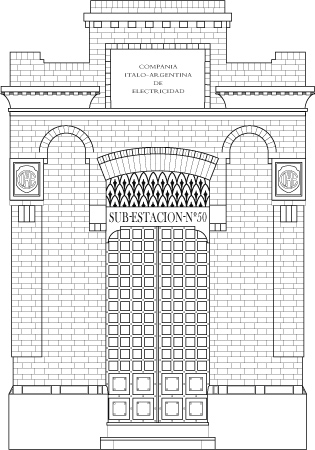buenos aires: ciae scandal
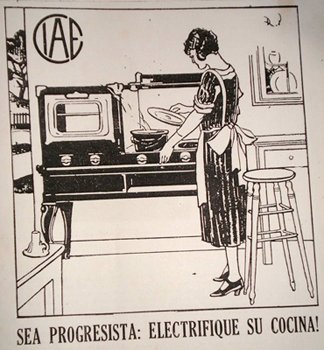
During the 1920s, the UCR policital party (Unión Cívica Radical) attempted to investigate the pricing structure for electrical companies which serviced Buenos Aires. While being accused of price gouging, the CIAE & the CHADE attempted to extend their 50-year concessions & renegotiate prices. Both discussions came to a halt in 1930 when General José Félix Uriburu ousted President-elect Hipólito Yrigoyen in the first coup d’etat in Argentine history. Since Yrigoyen represented the UCR, most of the party took the overthrow personally & withdrew from politics. An active UCR splinter faction had little power since Uriburu disbanded the legislative body of Buenos Aires for two years.
Read More »buenos aires: ciae scandal